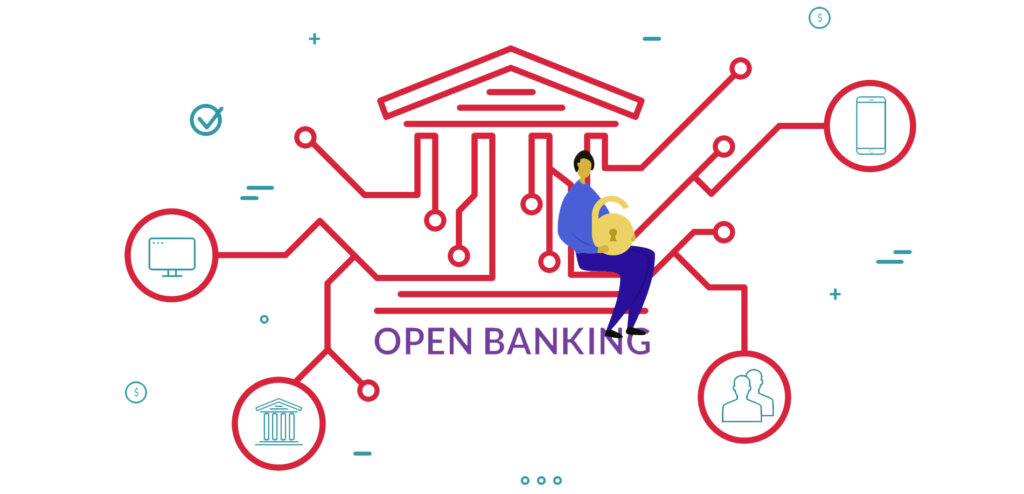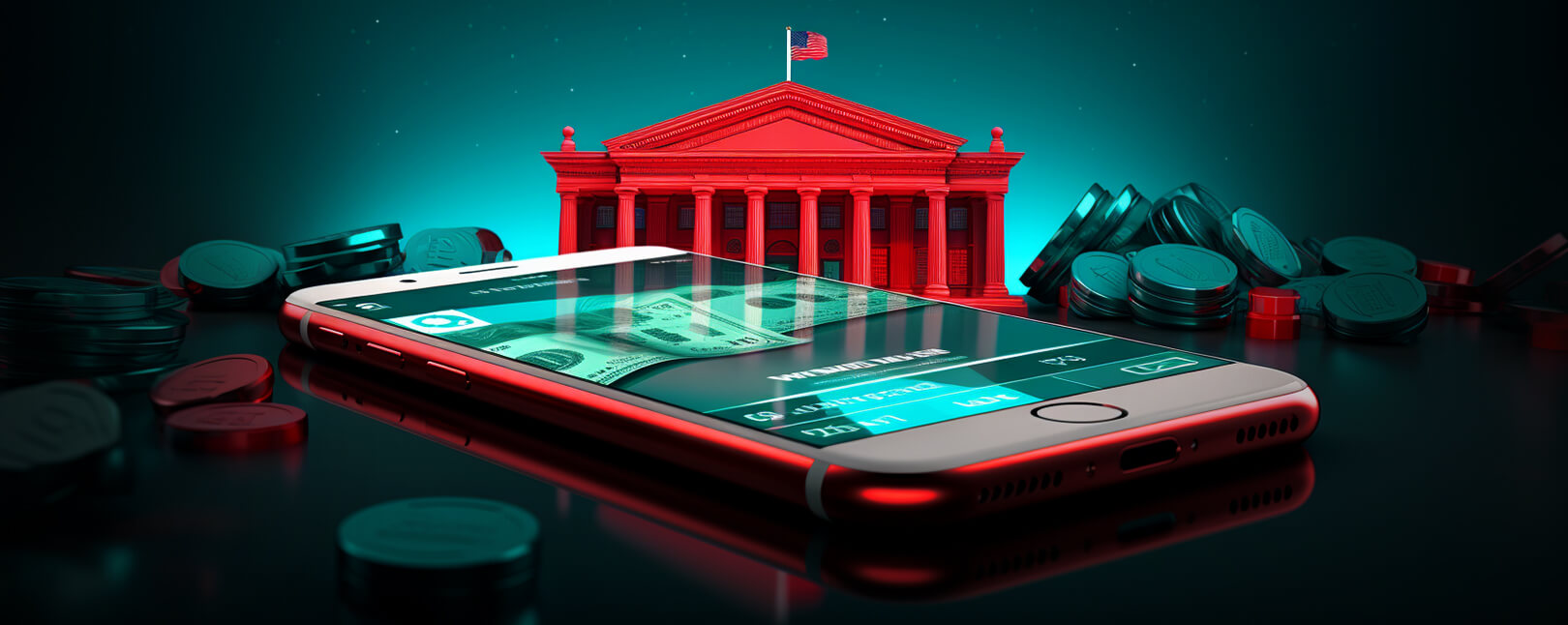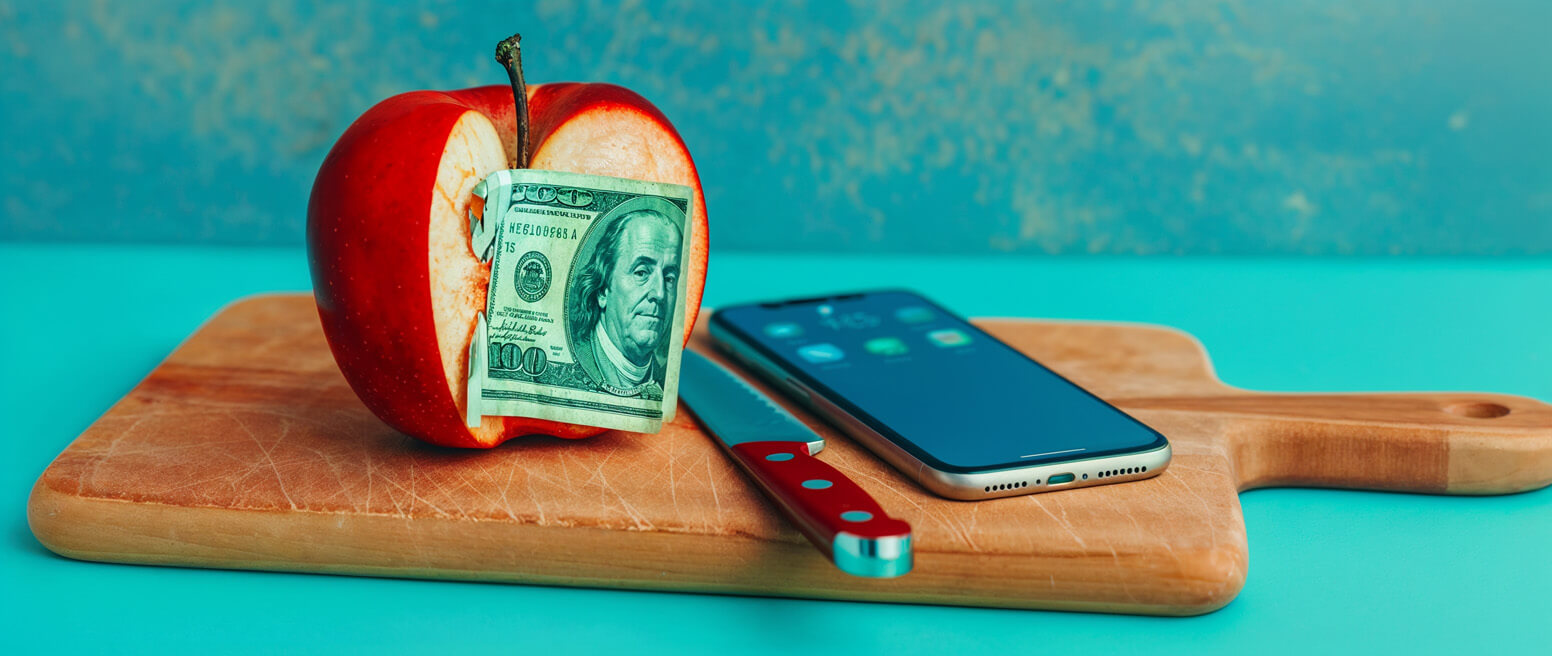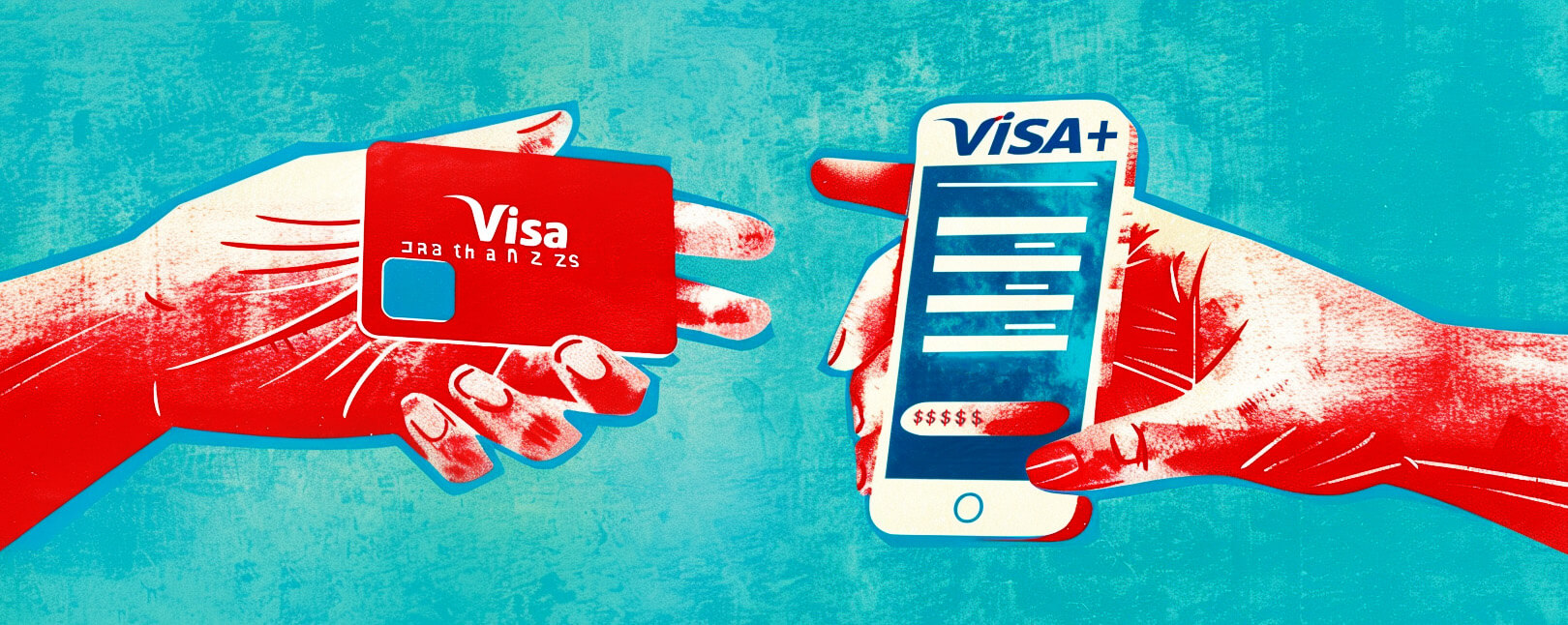Will A2A Transactions Ever be Able to Tempt Consumers Away From Credit Cards?
In September 2023, the amount of credit card debt held by US consumers surpassed the $1 trillion mark for the first time. This was up from $986 billion in Q1 of the same year.
It’s a significant milestone. Not only does it shed light on the growing financial strain on consumers; it also hints at a greater risk for late payments and charge-offs.
As folks grapple with balancing their finances and reducing debt, there's a growing interest in alternative payment options beyond just credit cards. One such method gaining traction is the “pay by bank,” also known as “account to account” or “A2A,” payment method.
We recently published a full rundown on A2A payments. However, a new report from MX Technologies suggests that many consumers are seriously considering this option as a way to avoid falling deeper into debt. But here's the burning question: can we really count on this method as a safe and reliable alternative to credit cards?
Recommended reading
- How to Use a Contactless ATM & Where to Find Enabled Devices
- Terminal ID Number (TID): What is it? What Does it Do?
- What is EMV Bypass Cloning? Are Chip Cards Still Secure?
- Dispute Apple Pay Transaction: How Does The Process Work?
- Visa+: Get the Most Out of Digital Wallets With This Tool
- Mastercard Installments: How Mastercard BNPL Works
Benefits of A2A Payments
A2A transactions still use the Automated Clearing House (ACH) system. But, even though same-day ACH adjustments don't allow for immediate settlements, they do process three times daily. This makes settlement a much faster process. And, with the introduction of the FedNow network this summer, instant transfers could be on the horizon for financial institutions.
So, what's the upside of pay-by-bank for eCommerce? Let's break it down:
Seamless Experience
A2A payments simplify transactions. For shoppers, all they need is their bank account and a phone. They use their familiar bank app without juggling more passwords. Merchants, in turn, can sidestep the complexities associated with card payments.
Rapid Settlements & Reconciliation
With real-time payments, merchants can access funds in a snap. Even if it's not instant, it's quicker than card systems. Plus, refunds to customers can be almost immediate. Shoppers are not stuck in limbo, waiting days for refunds or for payments to clear their account.
Enhanced Security
A2A mandates strong customer authentication. Users must provide two distinct authentication factors. Coupled with PSD2 standards, this makes the process very secure. Plus, merchants never actually have to handle cardholders’ payment details.
Diverse Payment Choices
As consumers crave more payment alternatives, A2A doesn't just offer a break from credit cards. It can mesh with other methods like digital wallets, offering a familiar process and easing the transition for shoppers.
A2A payments represent a significant step forward. They offer a harmonious blend of efficiency, security, and flexibility, possibly reshaping the merchant-consumer relationship for the better.
There are unique benefits for merchants, too. A2A payments let sellers bypass card swipe fees, sending transactions straight through banks. This may allow merchants to save up to 70% on transaction costs compared to card transactions. Plus, as mentioned above, these transactions have an added layer of security. No card details are exchanged, meaning they’re unlikely to result in disputes.
Is Pay by Bank Safe?
Yes, generally speaking. Diving deeper from our earlier discussion, A2A payments leverage multiple security layers to ensure transaction security.
First, there’s the heightened protection offered by bank-grade security standards. When customers use A2A, the transaction is rerouted to an existing mobile banking app or the online platform for verification. In essence, the bank, with its fortified internal security protocols, handles the entire transfer.
A2A payments also seamlessly integrate Strong Customer Authentication (SCA). This protocol is woven into the fabric of the bank’s app, making it an organic part of the process. This design choice ensures heightened security and streamlined checkout.
Finally, there’s contained data. When buyers use payment cards, they’re entrusting sensitive data to an external entity. Such data, when stored by a merchant and other third parties, increases vulnerability. But with A2A, the conversation is strictly between customers and their bank. This ensures that critical information stays secure within the bank's walls, dramatically reducing potential risks from data breaches.
In a nutshell, no system can claim to be entirely infallible. However, A2A payments certainly raise the bar when it comes to providing a secure and efficient transaction environment in our interconnected digital age.
Embracing Change is the Main Obstacle
Promoting the broad acceptance and long-term use of a novel payment method is no small feat. Many consumers, set in their ways, can be wary of stepping outside their usual routines. They may also hesitate to trust an unfamiliar system. 78% of consumers still show a reluctance to navigate new payment platforms, preferring the familiarity of their routine methods.
Another recent study, which surveyed over 2,000 consumers, unveiled some reservations about A2A payments specifically. It found that apprehensions revolve mainly around subscriptions and recurring billing. The research underscored that, when it comes to bill payments, bank transfers rank behind credit and debit cards. However, the safety concerns need addressing for A2A, or pay-by-bank, to truly blossom as a dominant payment channel.
It's not just about safety, though. Other facets of the pay-by-bank system have reportedly created hurdles for users. For instance, 19% of those who made their latest online purchase via an online bank transfer faced challenges while raising disputes with sellers. The same number of respondents felt that these transfers posed difficulties when operating across diverse devices.
So, here the pivotal question: how can we persuade consumers to transition to or embrace this emerging payment method?
Incentives May Help Customers Break Habits

One strategy that could catalyze consumers to experiment with new payment avenues — and potentially foster allegiance — is the allure of incentives and rewards.
Let’s go back to that MX Technologies study for a moment. 55% of respondents indicated a willingness to engage with the pay-by-bank system if incentives, such as discounts or exclusive perks, were on the table. These perks make A2A payments more compelling, possibly tipping the balance for many shoppers. That said, the undercurrents driving payment preferences are multifaceted.
Factors like user-friendliness, security, and widespread acceptance often overshadow incentives in guiding a user's allegiance to a payment mode. Age was also a significant factor. Younger shoppers exhibit a marked willingness to try bank payments. Only 28% of Millennials and Gen-Z were against the idea. Conversely, 62% of Baby Boomers expressed a firm stance against the idea of using A2A payments.
For pay by bank to succeed, A2A will need to strike a balance between user convenience and merchant-driven incentives. This could be the key to propelling wider acceptance.
Open Banking: Paving the Way Forward

So, one might wonder, if the pay-by-bank option is indeed as advantageous as it sounds, why has its adoption taken this long? At the heart of the matter lies a concept: open banking.
In the past, A2A payment pathways were wholly under the purview of banks. The prevailing sentiment was that these institutions were the sole custodians capable of ensuring the security of financial data. However, it's crucial to understand that these systems were conceptualized before the dawn of the internet age. Payments infrastructure wasn’t developed with a global marketplace in mind.
Enter open banking. This concept facilitates meticulously regulated access to consumer banking and account information across different institutions. It might sound risky at first, but it’s really about streamlining data handling, minimizing duplication, and clearing ambiguities.
With this system, banks no longer have a stranglehold on consumer financial data. Instead, with explicit user consent, third-party entities can gain access via application programming interfaces (APIs). Peer-to-peer platforms like Zelle can then effortlessly orchestrate money transfers between bank accounts without repeatedly soliciting the same set of details.
Open banking has brought about a transformative shift in the way banks conduct transfers. What was previously a labyrinthine process, mostly earmarked for substantial transactions, has metamorphosed into a more intuitive and user-centric mechanism.
The Future Could Be Cardless….
The pay-by-bank system is undeniably gearing up to hold a pivotal position in the future of payments. With the advent of services like FedNow, instantaneous money transfers are set to become accessible to a wider array of organizations and financial institutions. This likely heralds an uptick in the adoption and trust in A2A payments.
In layman's terms, beneficial changes are on the horizon for both consumers and merchants. But it's worth noting that this doesn't spell the end of challenges in the sector.
As with any evolving system, opportunistic fraudsters are quick to adapt, probing for ways to manipulate A2A payment platforms. Addressing this will demand a well-rounded approach to fraud prevention.














